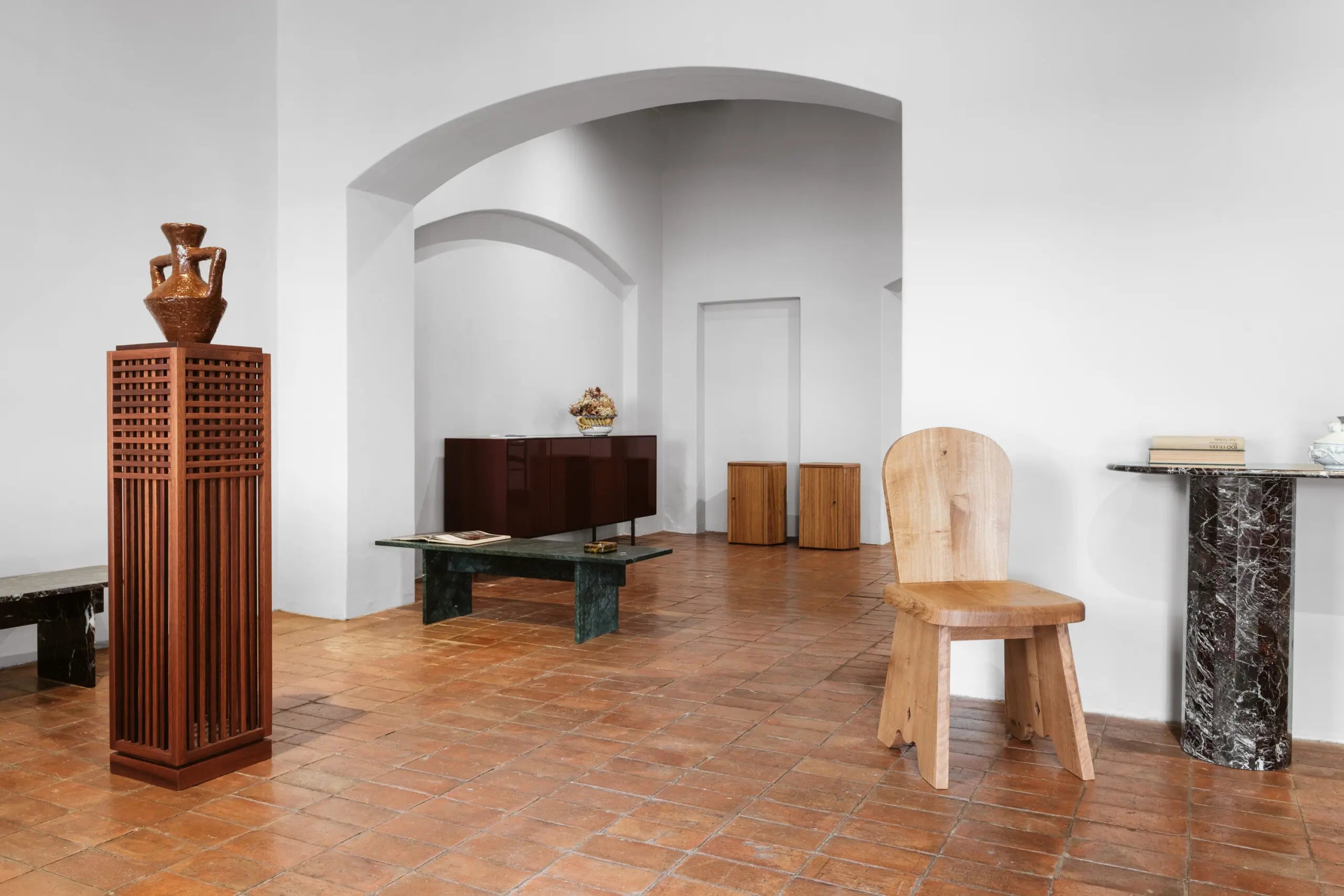

The Cape Town Furniture Week: A Celebration of South African Design Excellence
A Design Lover’s Pilgrimage to the Mother City
Cape Town has evolved into a dynamic global design hub, where innovation meets cultural heritage. While the city’s scenic beauty remains unmatched, its transformation into an international design capital is equally captivating. Nowhere is this more evident than at The Cape Town Furniture Week, an immersive celebration of craftsmanship, innovation, and sustainable artistry that draws designers, collectors, and enthusiasts from around the world. This premier event not only highlights the city’s role in the international design conversation but also serves as a catalyst for local designers to gain global recognition.—a city where mountains meet the sea, where cultures intertwine, and where creativity flourishes. But beyond its scenic splendor and culinary prowess, this South African gem has quietly established itself as a global design powerhouse. Nowhere is this more evident than at The Cape Town Furniture Week, an immersive celebration of craftsmanship, innovation, and sustainable artistry that draws designers, collectors, and enthusiasts from around the world.
This annual event transforms the city into a dynamic design hub, where local artisans showcase their latest creations, international buyers scout emerging talent, and workshops brim with creative energy. But more than just a trade show, The Cape Town Furniture Week is a testament to the country’s design heritage—a vibrant fusion of indigenous traditions, contemporary aesthetics, and a deep commitment to sustainable craftsmanship.
For those with an eye for design and a taste for the extraordinary, this is more than just an event; it’s an experience.

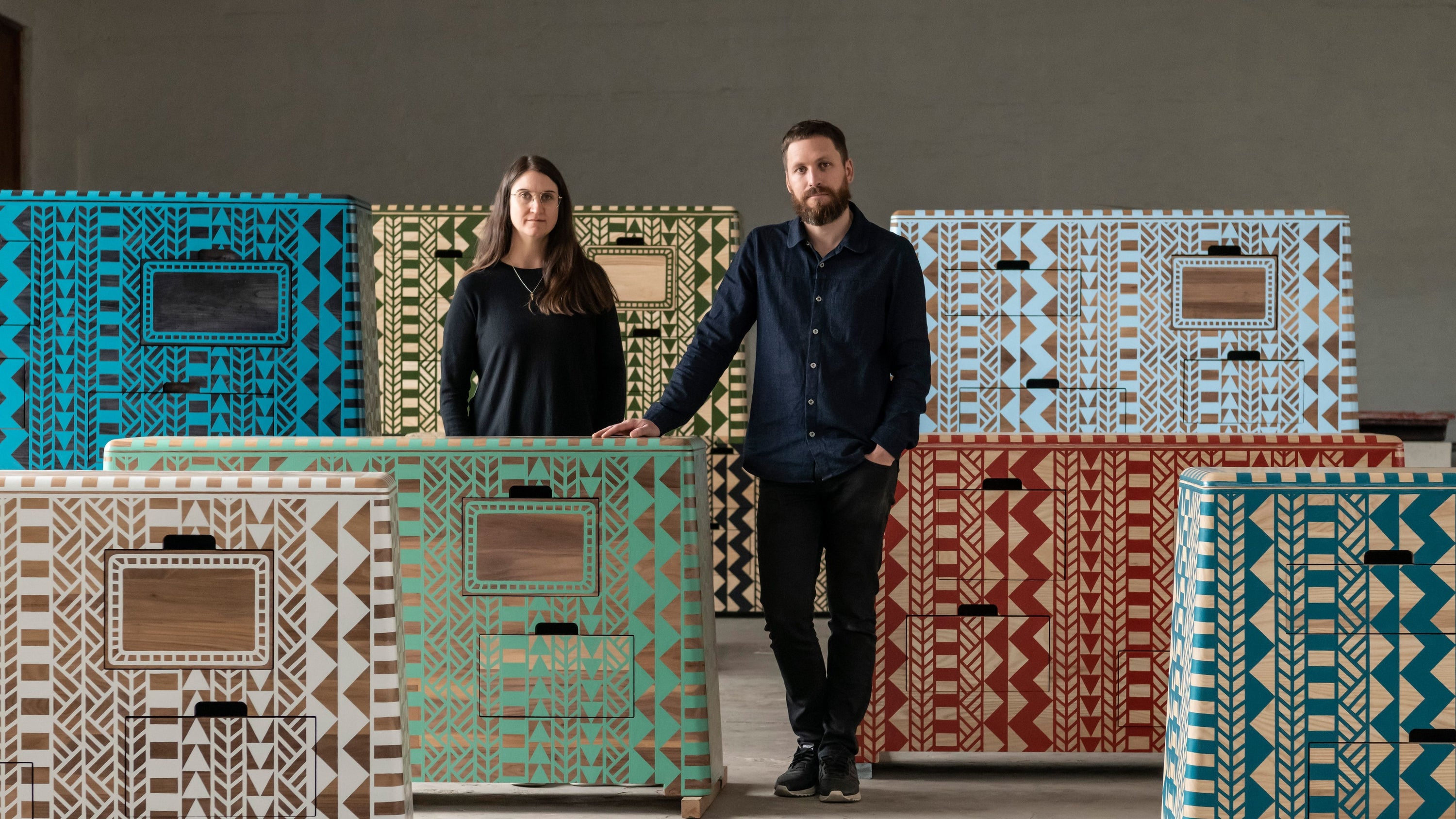

The Pulse of South African Design: A Showcase of Craftsmanship
Walking through The Cape Town Furniture Week, you feel an immediate sense of place. The scent of raw wood, polished leather, and handwoven textiles fills the air. The hum of conversation—English, Afrikaans, and isiXhosa intermingling—creates a symphony of creative exchange. From the grand exhibition halls of the Cape Town International Convention Centre (CTICC) to intimate showrooms in the Woodstock Design District, the city transforms into a living gallery of artistry and innovation.
Here, South African design takes center stage, weaving together tradition and modernity in ways that feel refreshingly bold yet deeply rooted. Prominent designers like Gregor Jenkin, Haldane Martin, and Dokter and Misses present collections that celebrate African heritage with a contemporary twist. Whether it’s an architecturally sculpted steel dining table, a hand-carved wooden credenza adorned with tribal motifs, or a minimalist leather lounge chair that marries Scandinavian sleekness with African soul, every piece tells a story.
The Rising Stars of Local Craftsmanship
While established names dominate the headlines, The Cape Town Furniture Week is also a breeding ground for emerging talent. New-age studios like Vogel Design, Wiid Design, and Okha are redefining South African aesthetics, fusing elements of nature with avant-garde forms. These rising stars push the boundaries of materiality, experimenting with reclaimed woods, woven grasses, repurposed metals, and eco-friendly resins to create furniture that is as sustainable as it is striking.
The commitment to sustainability is not just a trend—it’s a philosophy deeply embedded in the country’s design ethos. Over the past decade, South African designers have increasingly prioritized eco-conscious techniques, such as regenerative materials, low-impact manufacturing, and ethical sourcing, positioning sustainability at the core of their creative process. As designer X from Southern Guild puts it, 'Sustainability is not just about materials; it's about creating furniture that tells a story and lasts for generations.' Many exhibitors champion the use of locally sourced materials, fair-trade labor, and upcycling methods, ensuring that South African design doesn’t just look good but does good for the environment and local communities.
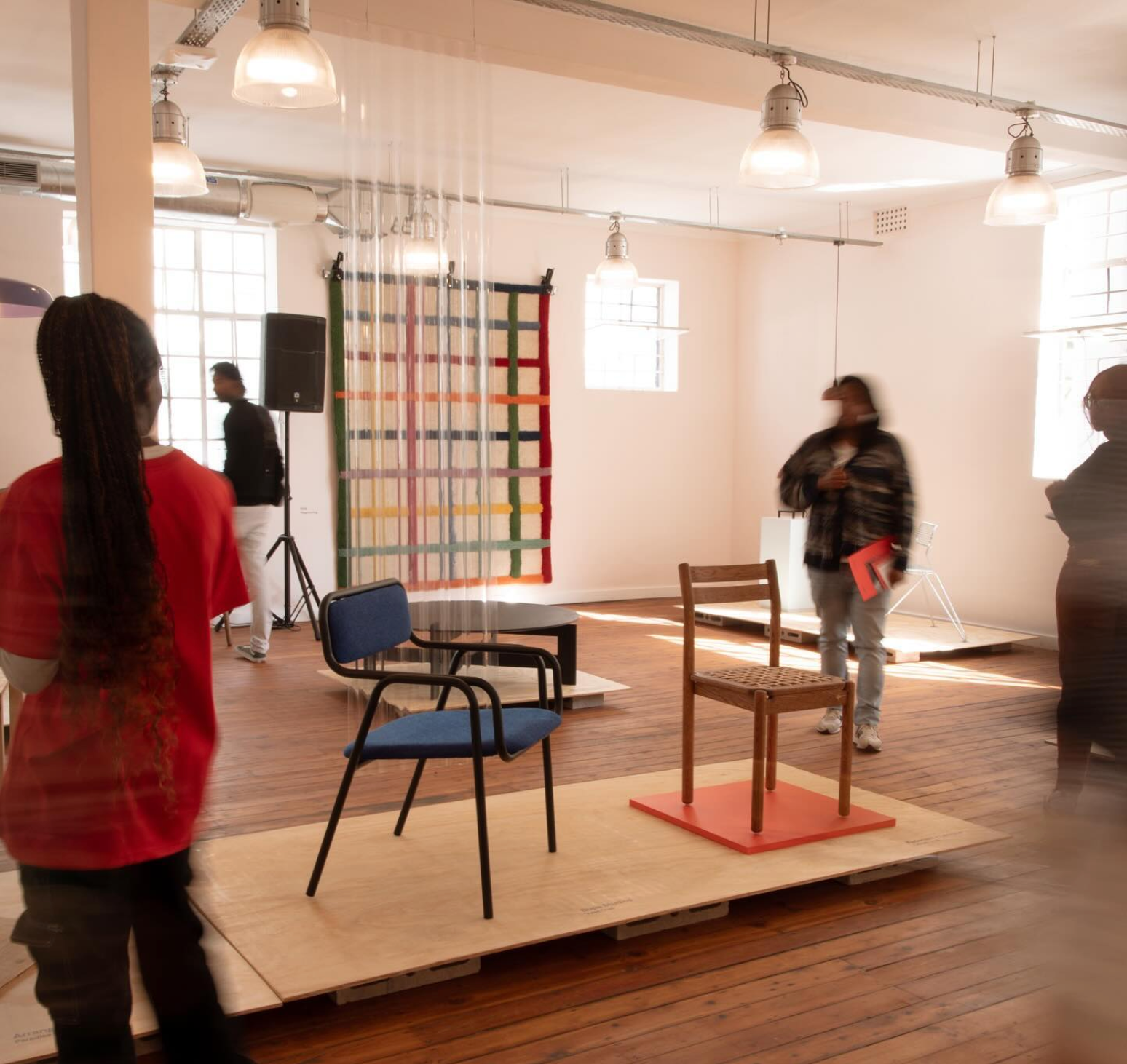
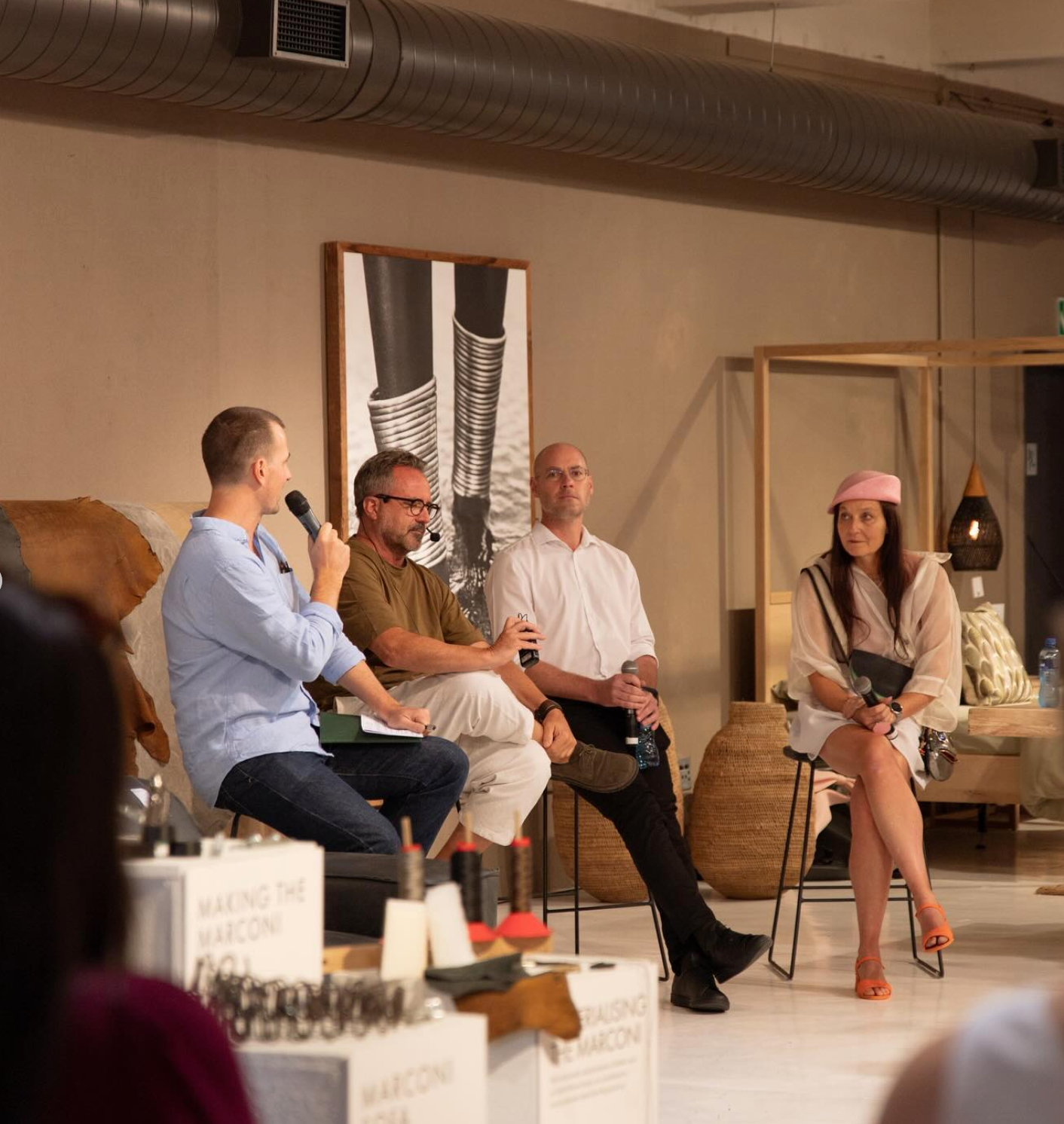

The Evolution of South African Design: A Historical Perspective
The South African design landscape has undergone a remarkable transformation over the years, with key milestones such as Cape Town being named the World Design Capital in 2014 and the rise of the Southern Guild gallery, which propelled local craftsmanship onto the global stage. Once overshadowed by European and North American influences, the country has now established a distinct identity in the global design industry. The Cape Town Furniture Week, since its inception, has played a crucial role in this evolution, bringing together visionaries, craftsmen, and designers dedicated to defining a uniquely African aesthetic.
Over the last decade, the event has witnessed a significant shift towards locally inspired and sustainable design. Designers have moved away from merely replicating Western trends to embracing indigenous craftsmanship and materials that reflect the country's rich heritage. Handwoven textiles, carved wooden furniture, and metalwork inspired by tribal motifs have become staples in South African interiors, blending cultural tradition with contemporary sophistication.
Key players like Southern Guild, Ashanti Design, and Houtlander have been instrumental in shaping the narrative of South African design, pushing boundaries with their innovative use of materials and forms. Many of these designers have gained international recognition, reinforcing Cape Town’s status as a global design capital.
Today, South African furniture is synonymous with storytelling. Every piece carries a narrative—whether it’s a reclaimed wood dining table that pays homage to sustainability or a minimalist armchair inspired by traditional Zulu patterns. The Cape Town Furniture Week serves as a platform for this storytelling, allowing designers to showcase how history and innovation can coexist in the world of furniture.
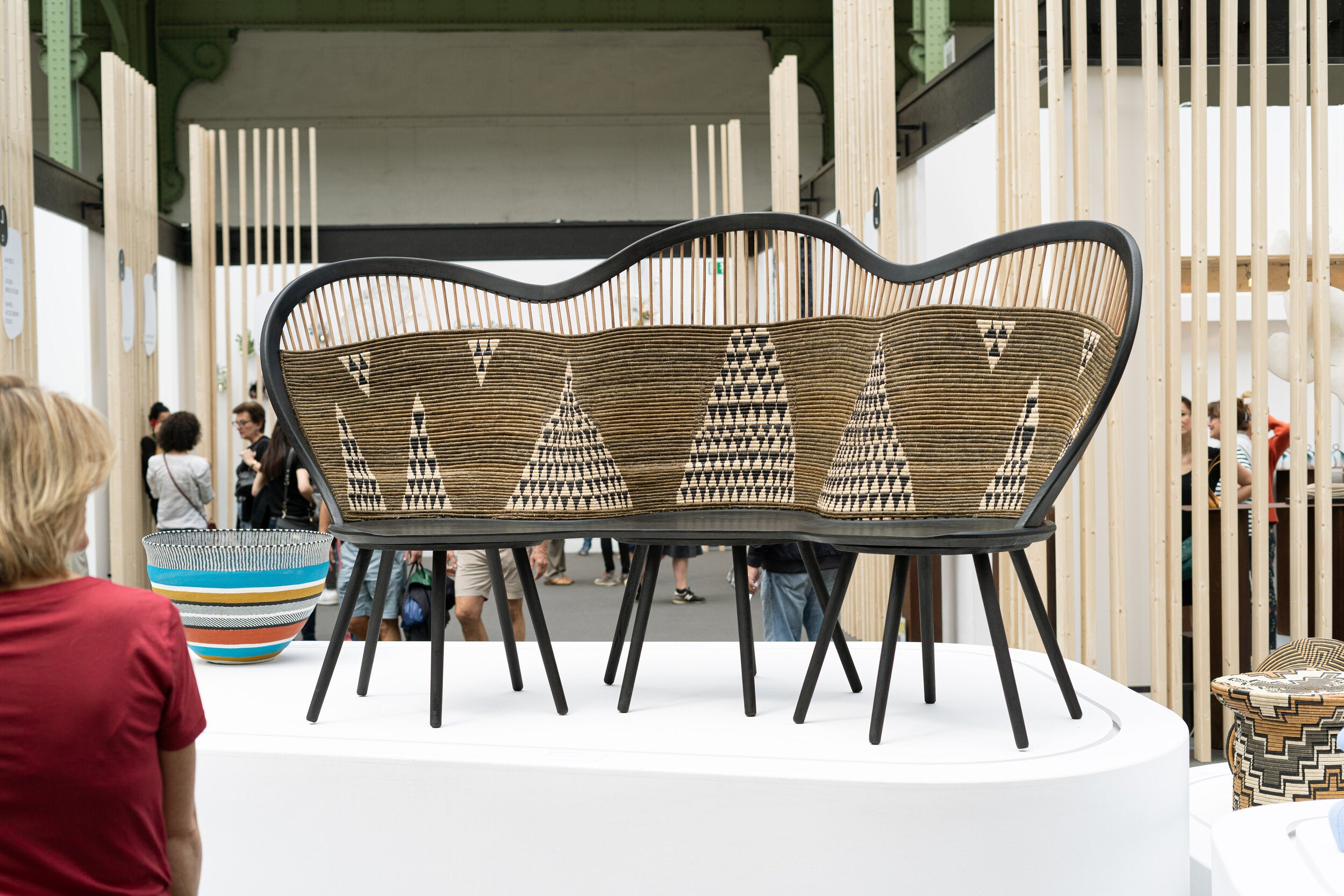
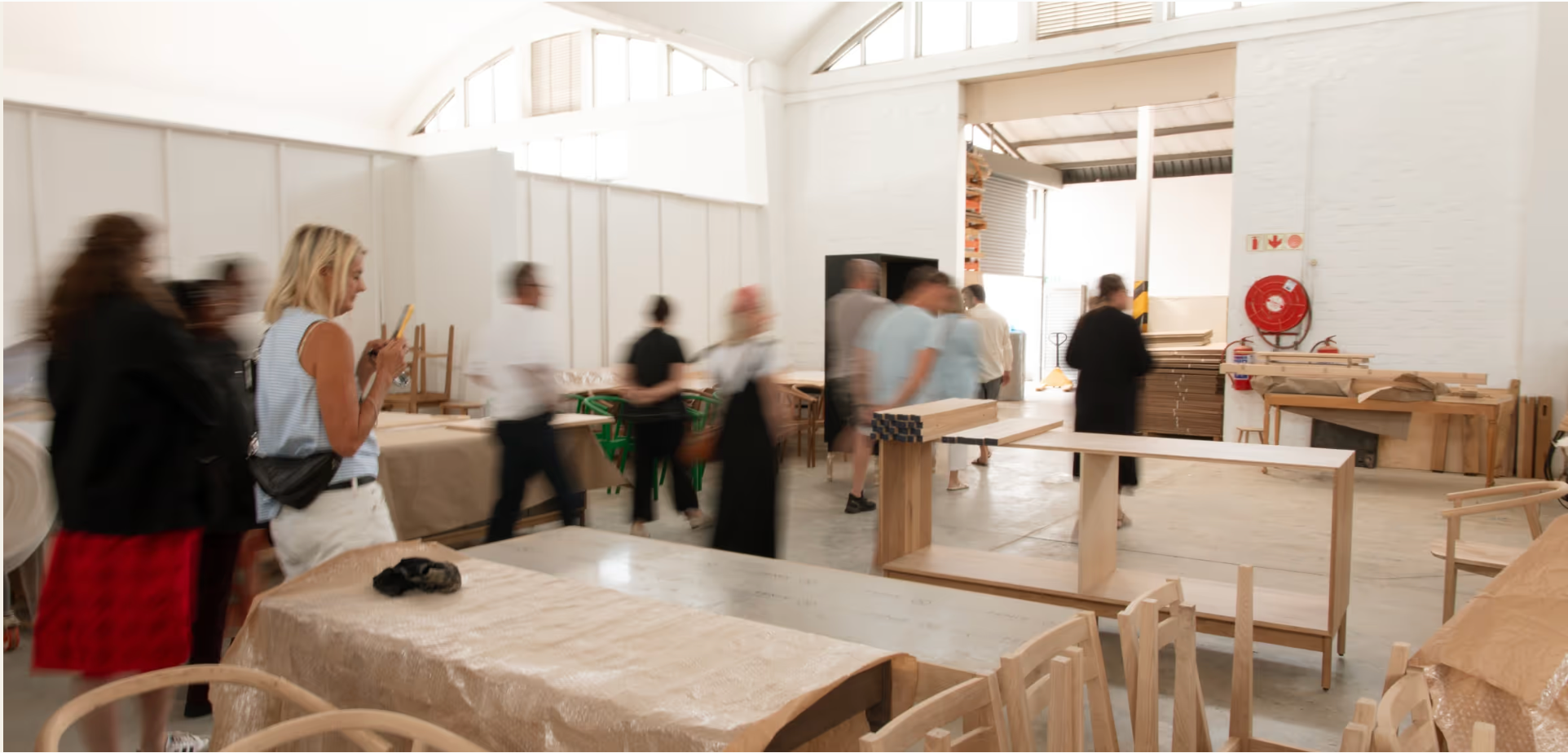

The Future of South African Design: An Evolution in Motion
As The Cape Town Furniture Week comes to a close, one thing is clear: South African design is not just having a moment—it’s shaping the future. With its seamless fusion of heritage, sustainability, and innovation, the country’s design industry is proving that African aesthetics belong on the global stage.
Cape Town has continuously redefined itself as a design capital, blending historical craftsmanship with future-forward innovation. From its roots in indigenous artistry to cutting-edge technological advancements in furniture design, the city’s evolution is a testament to its adaptability and creative spirit. As event organizer Y notes, 'The Cape Town Furniture Week isn’t just about celebrating design—it’s about shaping the future of how we create and interact with furniture in an ever-changing world.' The next wave of South African designers is fearless—embracing technology, sustainability, and cultural storytelling to craft pieces that resonate far beyond the continent’s borders. Whether it’s in the form of biodegradable seating, 3D-printed ceramics, or reimagined indigenous weaving techniques, the future of South African furniture is as exciting as it is responsible.
For design lovers, collectors, and connoisseurs, The Cape Town Furniture Week is an invitation to explore, appreciate, and be inspired. Plan your visit today to witness firsthand the groundbreaking innovations that are putting South African design on the global map. Because here, in the Mother City, design isn’t just about furniture—it’s about a way of life.

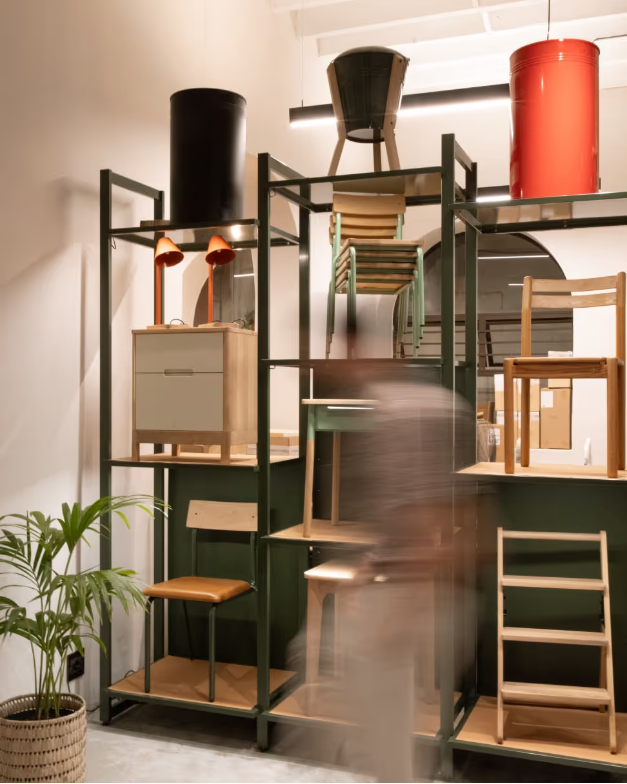

FAQ: Everything You Need to Know About The Cape Town Furniture Week
When does The Cape Town Furniture Week take place?
The event is held annually, usually in early September, but dates vary. Check the official website for the latest schedule. This year its held in February
Where is the main venue for the event?
The primary venue is the Cape Town International Convention Centre (CTICC), with additional showcases in the Woodstock Design District, V&A Waterfront, and various independent galleries.
Is The Cape Town Furniture Week open to the public?
Yes! While some exhibitions and trade events are exclusive to industry professionals, many showrooms, workshops, and pop-ups welcome the public.
How can I purchase furniture from the event?
Many exhibitors offer direct sales or custom orders. Some high-end pieces are available through design galleries like Southern Guild or boutique showrooms.
What other design events coincide with The Cape Town Furniture Week?
The event often runs alongside Cape Town Art Fair, 100% Design South Africa, and the Guild Design Fair, making September a prime time for design lovers to visit.
For those drawn to the intersection of art, craftsmanship, and culture, The Cape Town Furniture Week is more than an event—it’s an unmissable journey into the soul of South African design.
-
Read more: Timeless Craftsmanship: The Story Behind Cape Town’s Most Iconic Garden Furniture

Timeless Craftsmanship: The Story Behind Cape Town’s Most Iconic Garden Furniture
Nestled in the heart of Cape Town, Hope Garden Furniture stands as a testament to timeless craftsmanship and enduring elegance. Since its inception...Read more -
Read more: The Cape Town Furniture Week: A Celebration of South African Design Excellence

The Cape Town Furniture Week: A Celebration of South African Design Excellence
A Design Lover’s Pilgrimage to the Mother City Cape Town has evolved into a dynamic global design hub, where innovation meets cultural heritage. Wh...Read more -
Read more: Spotlight on: Gregor Jenkins

Spotlight on: Gregor Jenkins
Gregor Jenkin: A Master of Design, Craft, and Cultural Reflection In the heart of Cape Town, South Africa, Gregor Jenkin is quietly redefining the ...Read more -
Read more: The Timeless Elegance of Cape Dutch Architecture

The Timeless Elegance of Cape Dutch Architecture
Cape Dutch architecture is more than just a relic of South Africa’s past—it’s a design language that continues to shape some of the country’s most ...Read more



